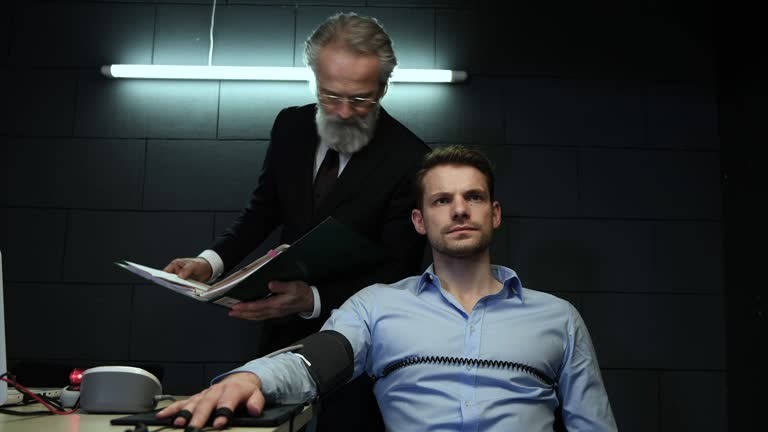A Lie detector test in 2025 uses advanced sensors and improved software to measure physical changes linked to truthfulness. It records heart rate, breathing, and skin conductivity, then compares these patterns against a baseline to identify signs of deception. With new technology, many people assume the accuracy has reached perfection—but the reality is more nuanced.
The modern polygraph is more precise than its earlier versions, but it still depends on how the session is conducted. In 2025, accuracy rates in controlled studies are often reported between 88% and 96%. This improvement comes from better question design, higher-quality sensors, and algorithms that help examiners interpret subtle patterns in the data.
However, the machine alone does not guarantee accuracy. The skill of the examiner remains one of the most important factors. Experienced professionals can distinguish between stress caused by lying and stress caused by nervousness, while less experienced operators may misinterpret results.
External conditions also play a role. A quiet, comfortable environment helps ensure the readings reflect the subject’s true responses. Noise, interruptions, or an overly tense atmosphere can affect results, leading to false positives or false negatives.
The test’s accuracy can also be influenced by the mindset of the person being examined. Someone who is anxious but truthful might display strong physical reactions, while a person who is lying but exceptionally calm might avoid triggering obvious signals. While technology helps reduce these gaps, it cannot remove them entirely.
In the UK, polygraph results are still not accepted as evidence in criminal courts, but they are used in probation monitoring and private investigations. Their value lies in guiding further inquiries rather than serving as absolute proof.
Experts in 2025 agree that while polygraphs have become more accurate, they are not infallible. They work best as part of a wider investigative approach, alongside interviews, evidence analysis, and other verification tools.
The takeaway is clear: today’s polygraph is a highly advanced and reliable instrument when used correctly, but it is still a human-guided process. Trusting the results means trusting the examiner’s training and the conditions in which the test is carried out.




